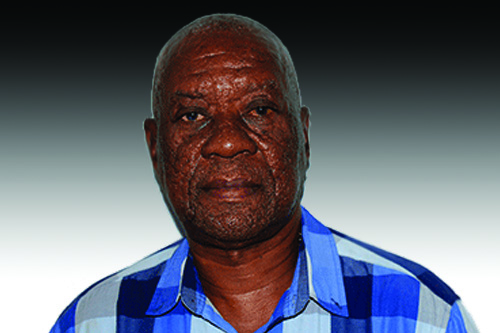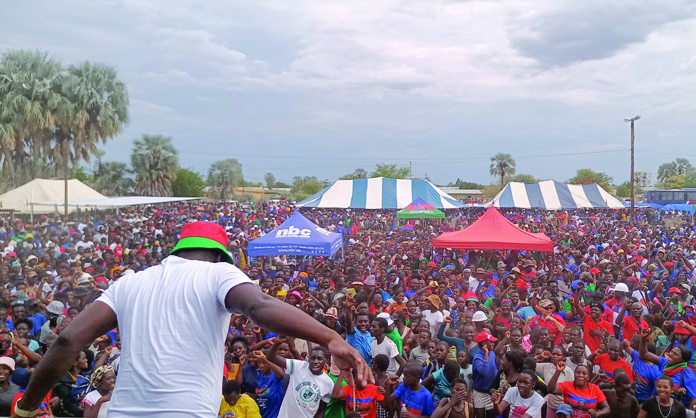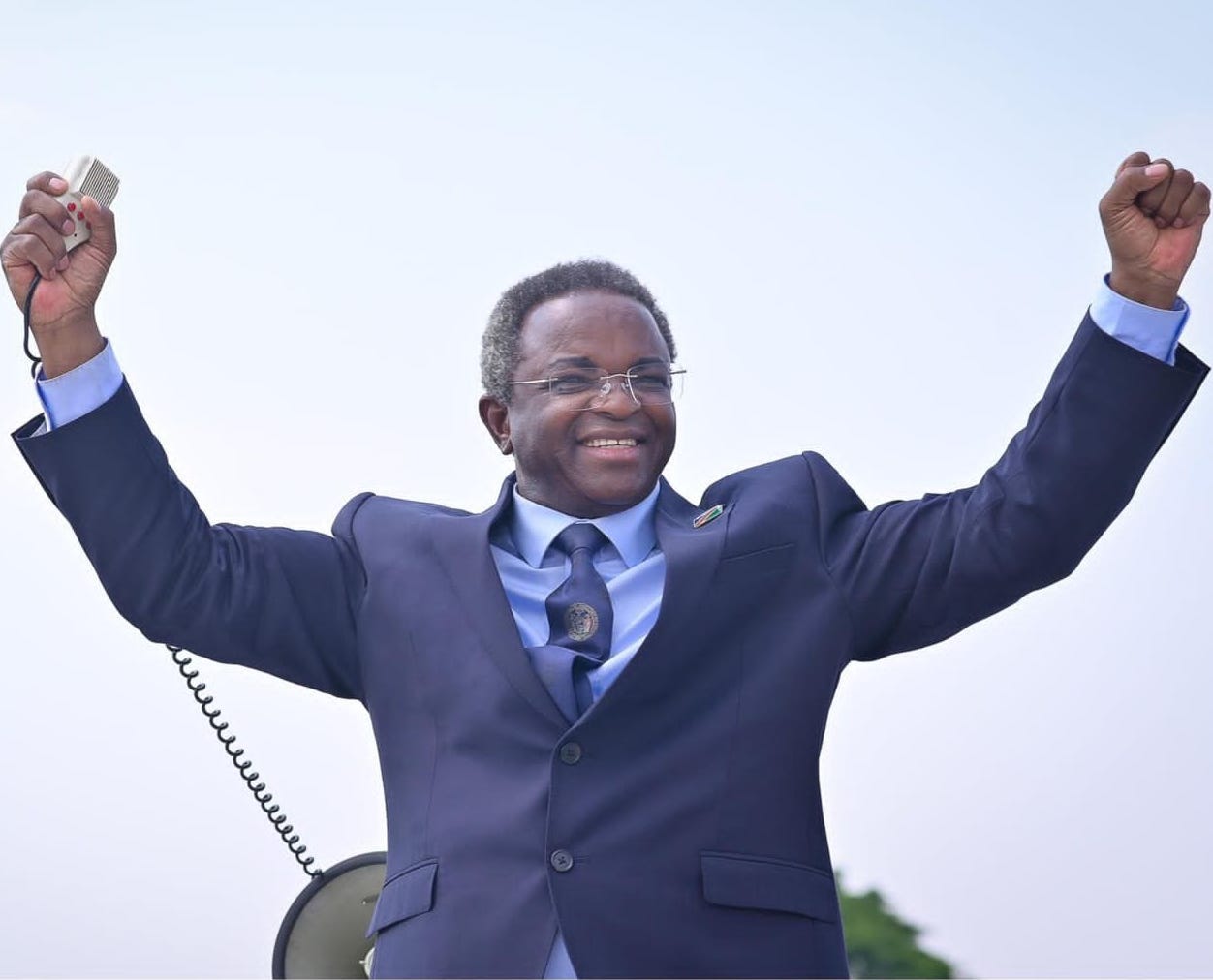“To plan is to choose, choose to go forward.”
– Julius Mwalimu Nyerere
Namibia has had five directors general, with varying degrees of experience and expertise in development economics and planning, at the National Planning Commission.
Five national development plans (NDPs) have seen the light of day since independence. Albeit delayed, the sixth one, (NDP6), was initiated recently.
The immediate question is: Are all the lofty promises in these voluminous documents called ‘national developments plans’ taking us closer to the promised land?
Or are the plans stuck on the runway of our development agenda?
In the words of the teacher, Nyerere, we are planning but not going forward as we should. The reasons are many.
BASICS
Let’s start with the basic issue. I don’t want to get mired in definitional issues but a word or two is called for on what a national development plan is. It’s necessary for the rest of our discussion.
Experts in development planning usually define it as a large-scale investment project to develop a country’s infrastructure.
It requires central planning and monitoring on a national level and implementation on a micro, local level.
Now, I have a problem with the whole idea of centralised planning.
Ideally, ministries should have their own planning units. But that’s beside the point.
In any case, adequate funding from government agencies, as well as support from citizens, will allow short-, medium- and long-term goals to be met.
The question is: Has there been adequate government funding or has there been a mishmash between the rhetoric and the reality on the ground?
In my view, there is a lot of talk and little action from our leaders – from the president and the prime minister down through the entire political hierarchy.
PROMISES
Namibia’s various development plans promised to do a number of things.
For example, the second development plan (NDP2) – for 2001 to 2006 – was to address sustainable and equitable improvement in the quality of life of Namibians. NDP3 had similar objectives.
NDP2 envisaged reducing inequalities in income distribution, with a Gini-coefficient – an instrument measuring inequalities – targeted to be cut from 0,67 to less than 0,60 by the end of the 2006 period.
NDP3 foresaw a further reduction of the Gini-coefficient, further shrinking social and economic disparities. It also predicted economic growth of 5%.
Unfortunately, these promises are not being realised under the present economic set-up.
Some years ago, economist Fanuel Tjingaete wrote: “The yawning inequality gap, proven by the Gini-coefficient, and even to be seen with the naked eye from a distance, is a testimony to our dismal failure to tackle this issue.”
Thus, what actually translates on the ground is in direct contrast to all the fanfare that goes into the preparation of these development plans.
People are mobilised in the planning process and once that is done, they are demobilised and depoliticised and the leaders take over the process.
Where they lead that process, no one knows.
PARTICIPATION
We are told, for example, that NDP2 involved wider participation of stakeholders during the various stages of its preparation.
I would assume that all the national development plans go through a process of stakeholder participation.
It is thus important that a national plan addresses short-, medium- and long-term goals.
The plan’s purpose is to prioritise immediate national needs (food, water, housing/shelter, education, healthcare and other social welfare issues), and to predict in the medium and long run what larger goals should be achieved.
That is why we could not even meet the UN Millennium Development Goals (which should have been achieved by 2015).
That’s perhaps why our politicians/leaders and some uncritical academics prefer to talk about Vision 2030. Now even Vision 2030 is in doubt.
When he launched NDP4 in June 2017, former NPC director general Tom Alweendo said: “At the rate that we are going, I still maintain that we cannot achieve Vision 2030, and we need a serious paradigm shift and implementation of the programmes we create”.
The problem seems to be a lack of communication.
A communication strategy for a development plan is important for citizens to understand what investments and initiatives are being addressed and implemented throughout a plan’s lifespan.
The NPC, which is supposed to oversee development plans and their implementation, failed to set up an information office to publicise the plan and also field questions/suggestions from concerned citizens.
REALITY BITES
Most of our problems could have been comprehensively addressed by now.
What we are witnessing is a criminal waste of resources by the government.
We are decades away from meeting our people’s basic needs and addressing poverty, hunger, inequality and youth unemployment.
Yet, we have government ministries returning money to the treasury.
Prime minister Saara Kuugongwela-Amadhila, who served as NPC director general for 10 years, said NDP6 should add new vigour to addressing these issues and pushing the country forward: “There should be no business as usual.”
She said further that the fourth Industrial Revolution (4IR) would be incorporated into NDP6.
If experience is anything to go by, the unfinished NDP5 and the delayed NDP6 will come and die like the others.
- Alexactus T Kaure is a freelance writer
Stay informed with The Namibian – your source for credible journalism. Get in-depth reporting and opinions for
only N$85 a month. Invest in journalism, invest in democracy –
Subscribe Now!






